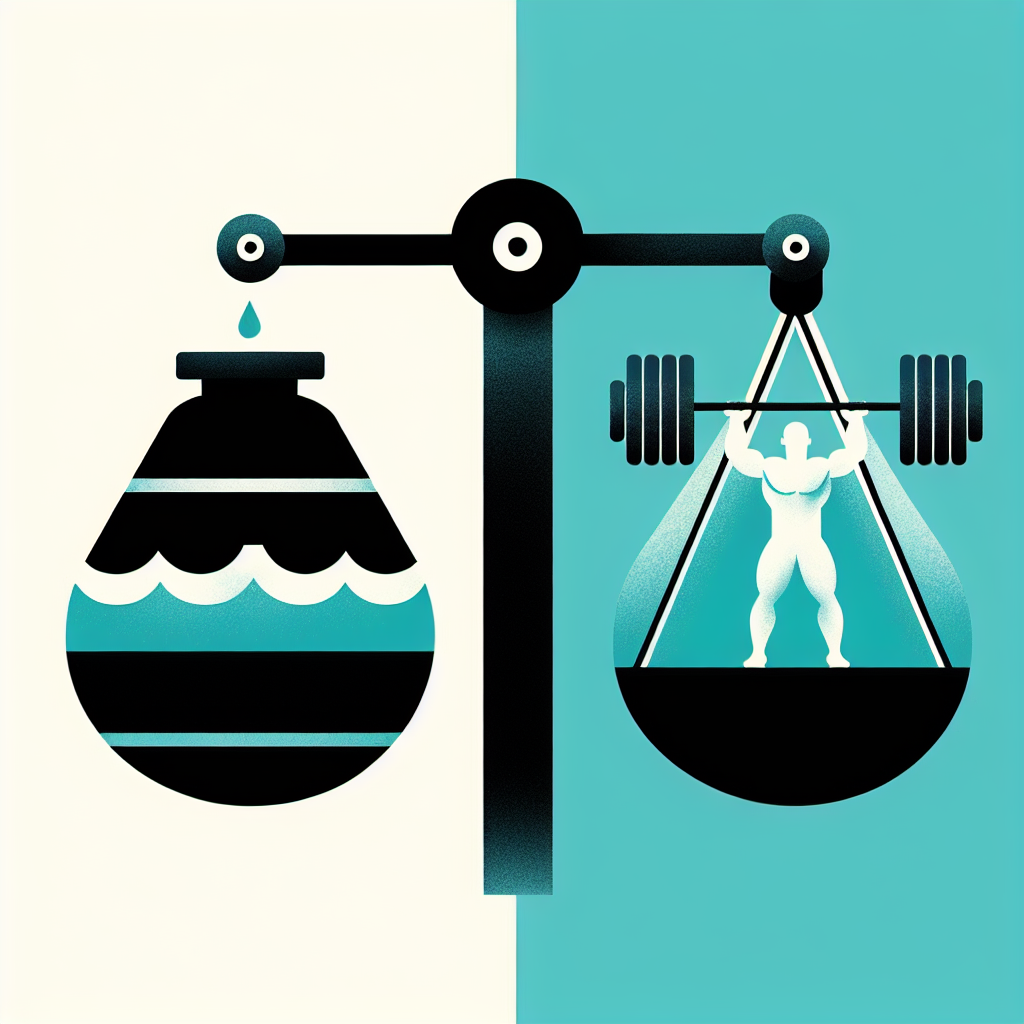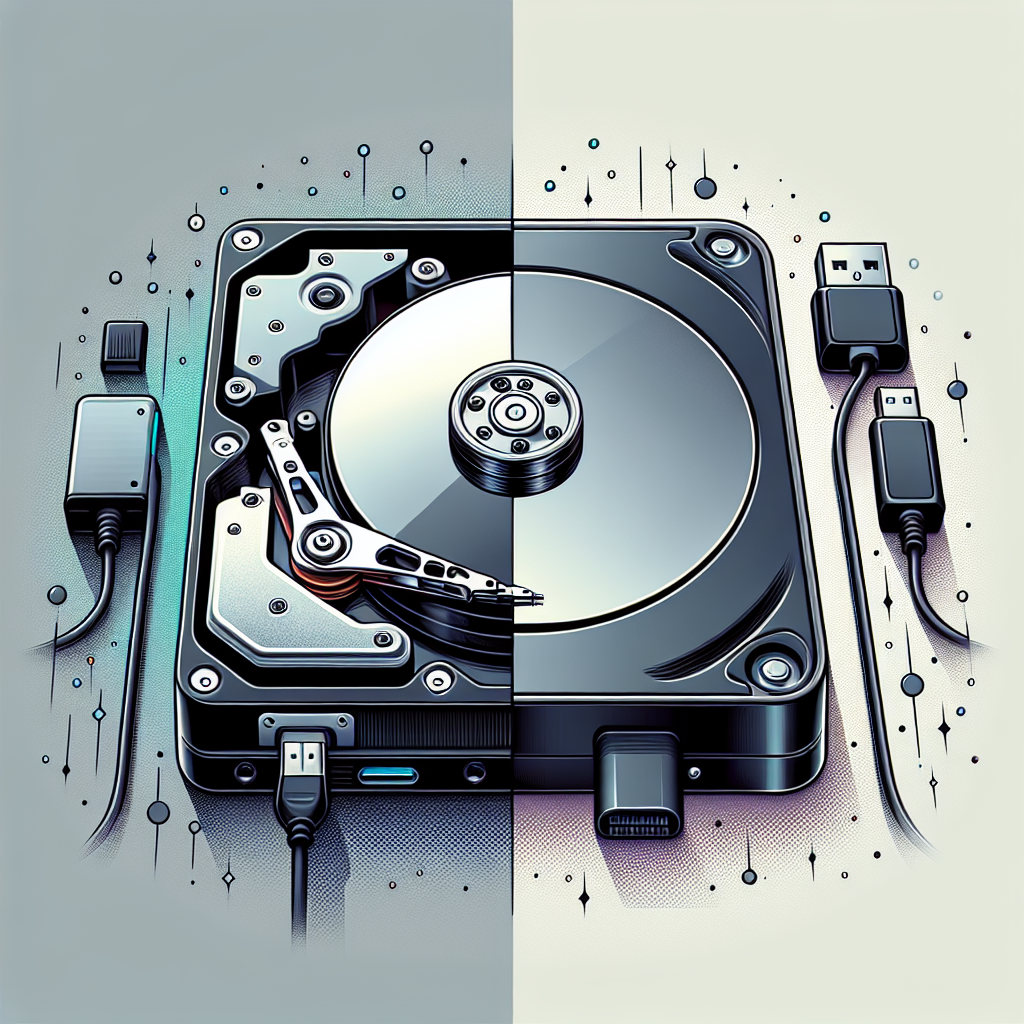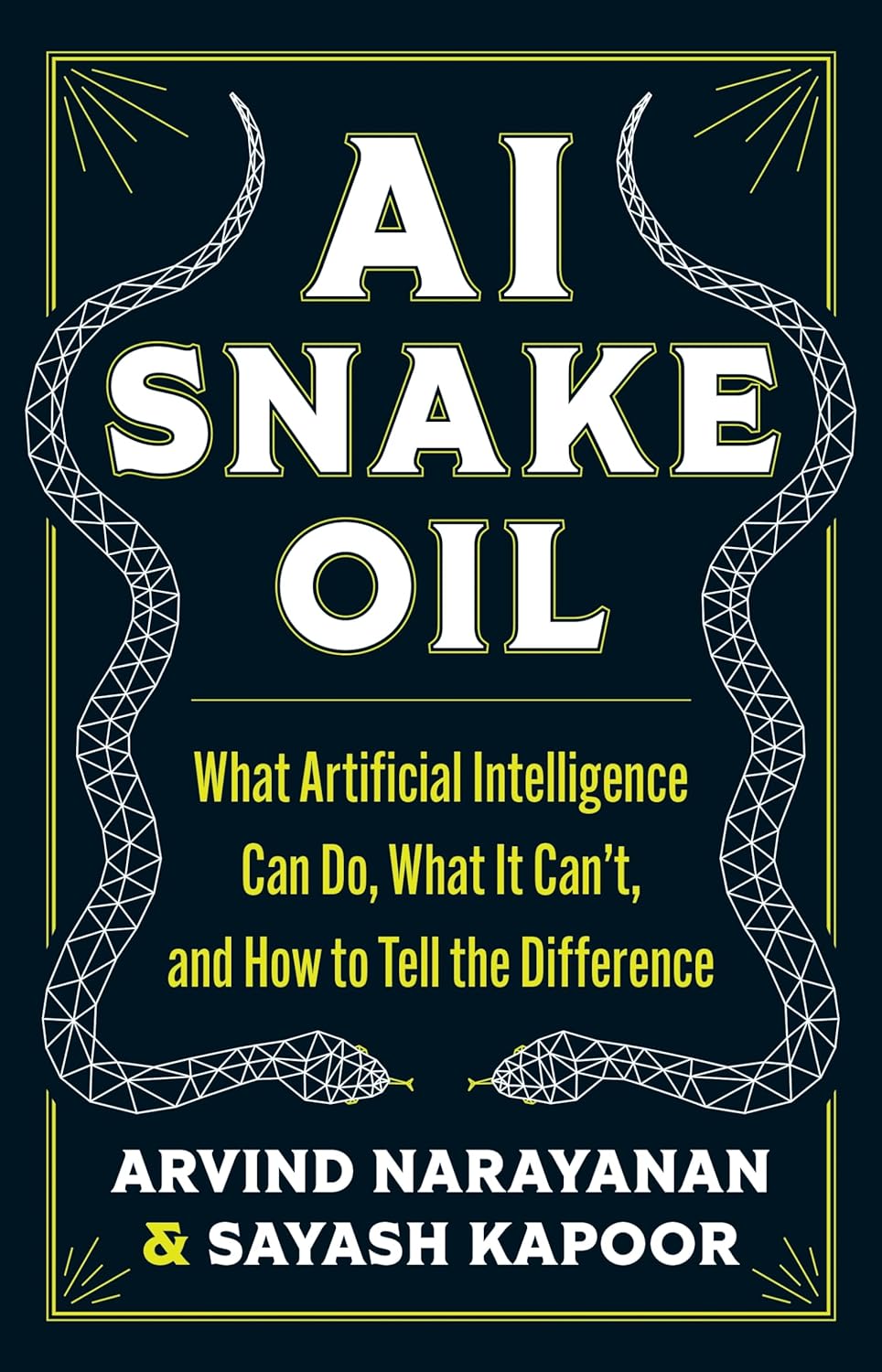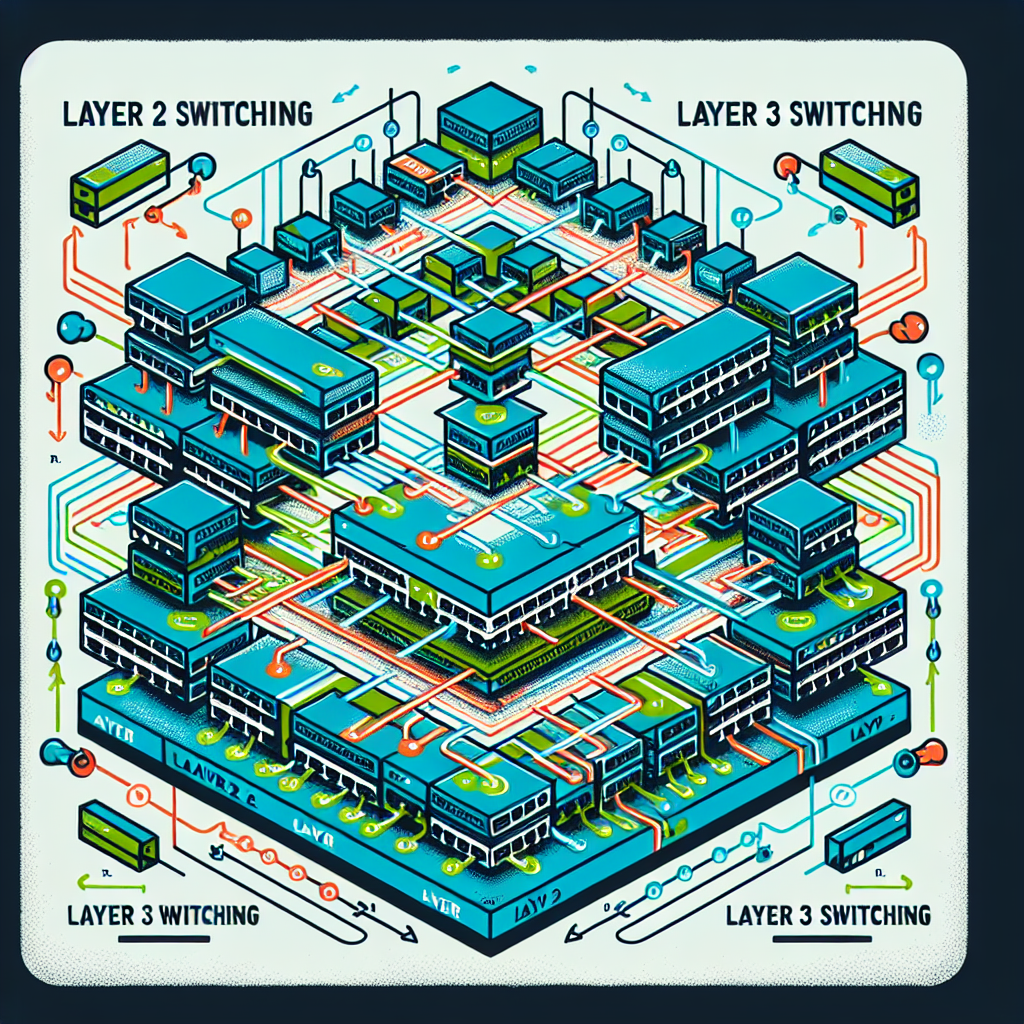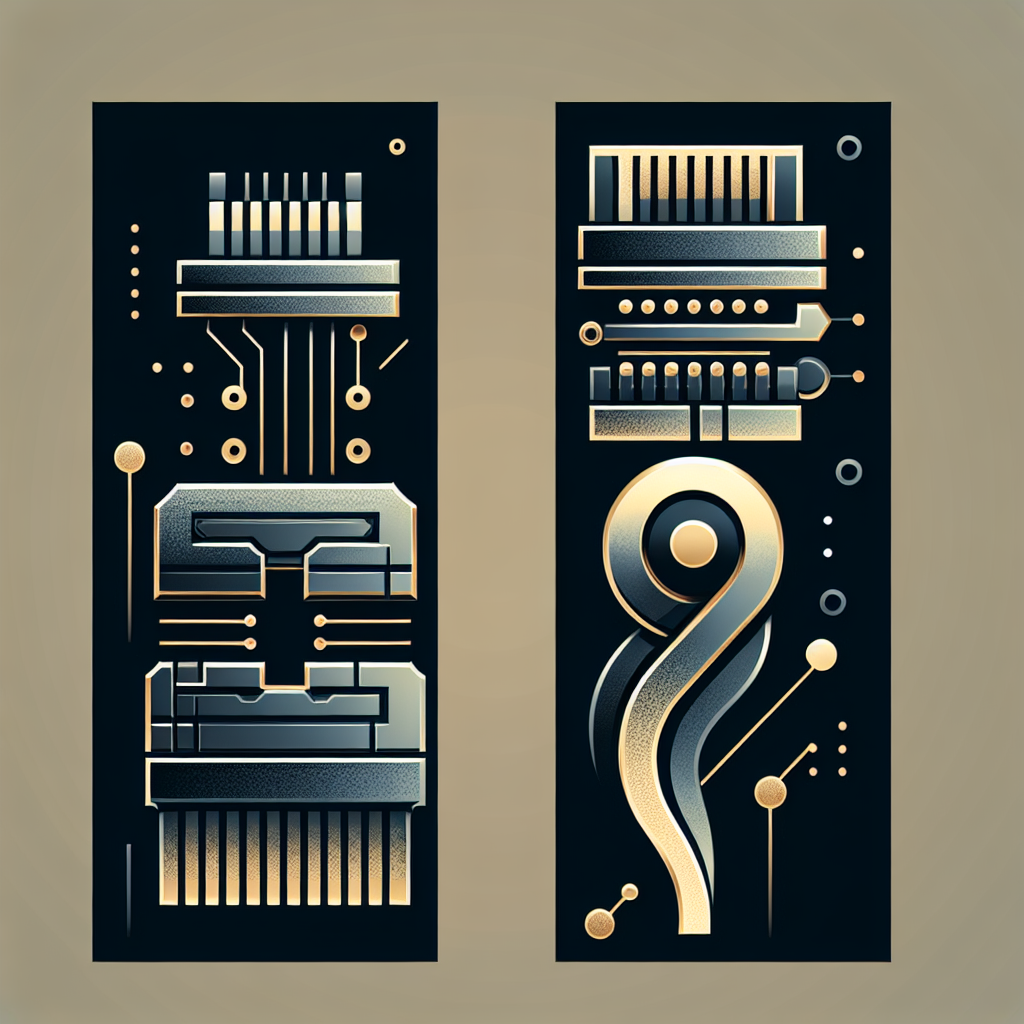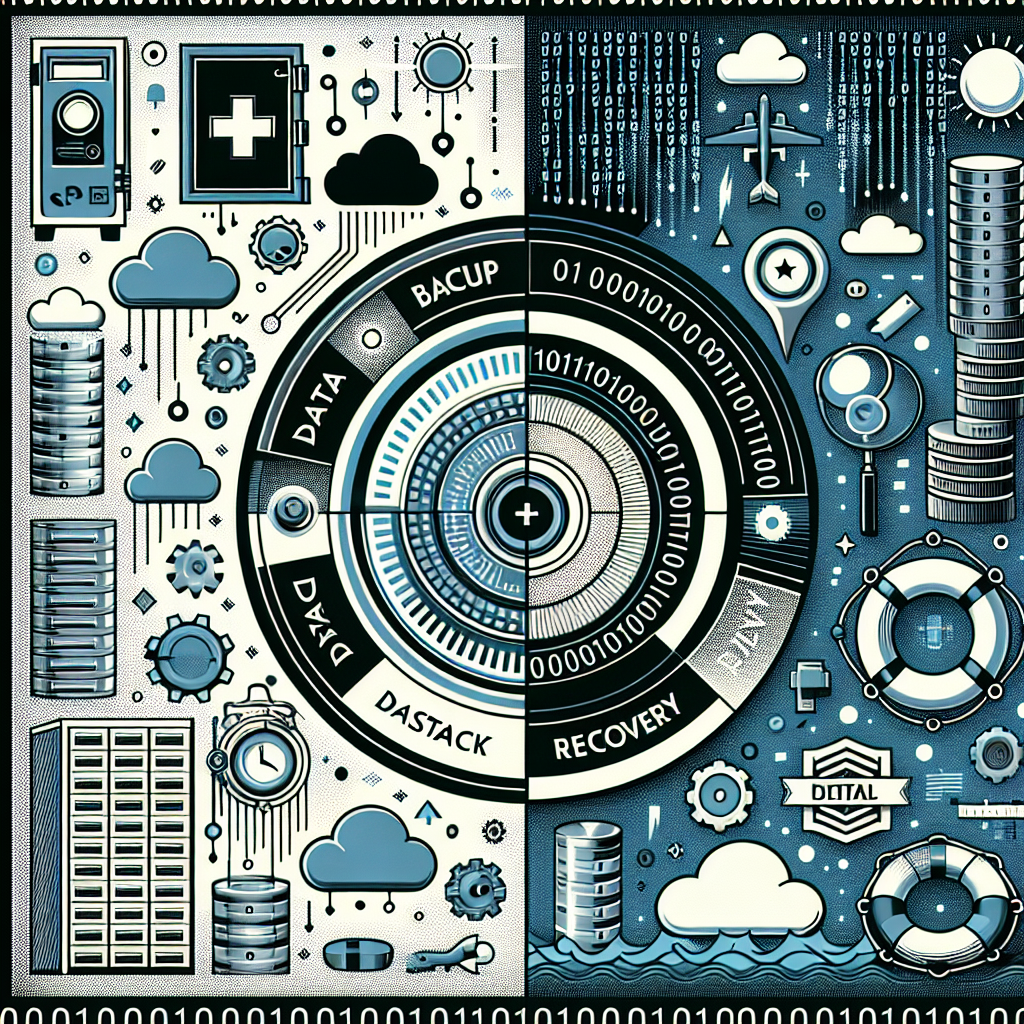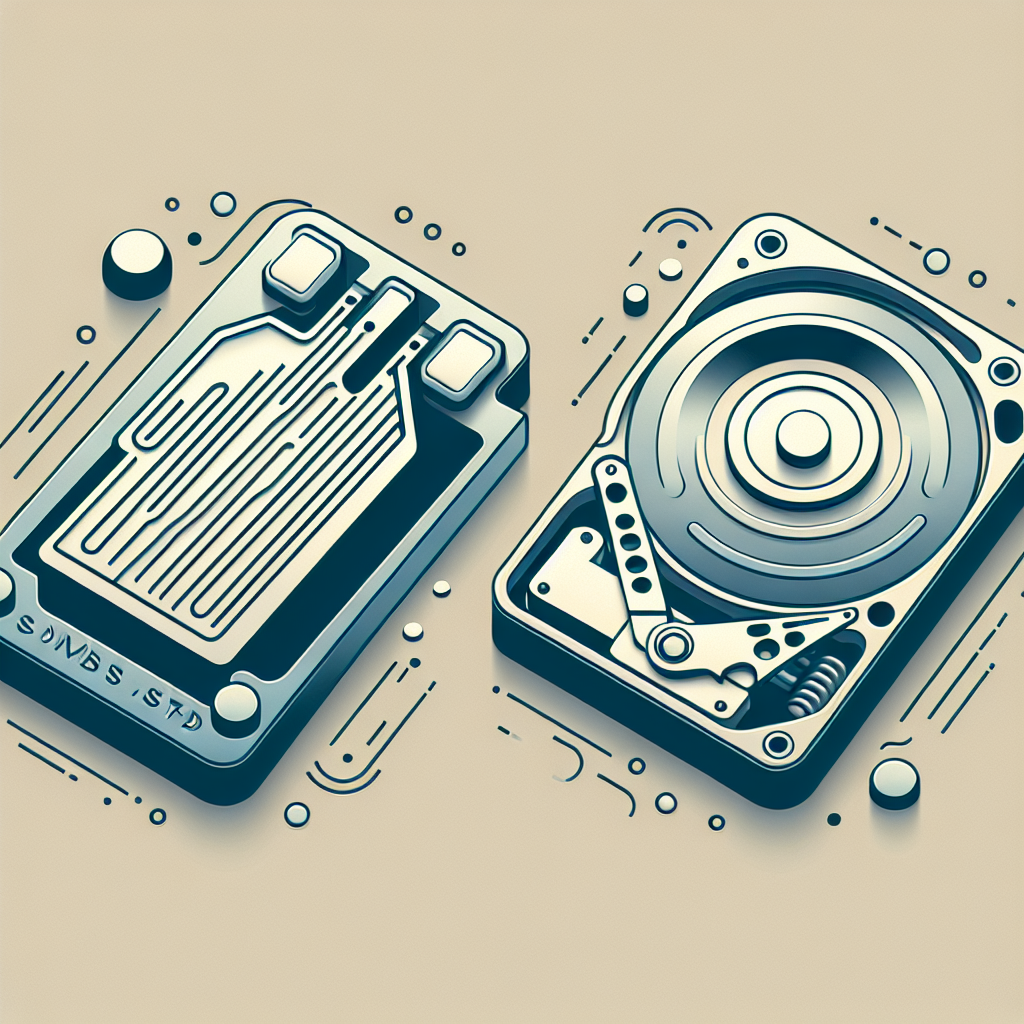In the world of business and personal development, the terms “capacity” and “capability” are often used interchangeably. However, these two words actually have distinct meanings and implications. Understanding the difference between capacity and capability is crucial for individuals and organizations to effectively leverage their strengths and address their weaknesses.
Capacity refers to the maximum amount that something can contain or produce. In a business context, capacity can refer to the amount of work that a company can handle, the number of customers it can serve, or the volume of products it can produce. For example, a manufacturing plant may have a capacity of producing 1,000 units per day.
On the other hand, capability refers to the ability or skill to do something. It is about the potential to perform a task or achieve a goal. Capability is more about the quality of the work rather than the quantity. For example, a software developer may have the capability to create complex algorithms or a salesperson may have the capability to close deals effectively.
The difference between capacity and capability becomes apparent when considering the implications for personal and organizational growth. While capacity is important for organizations to scale their operations and meet demand, capability is crucial for delivering high-quality products and services. A company may have the capacity to produce a large volume of products, but if its employees lack the capability to produce high-quality products, it will struggle to compete in the market.
Similarly, individuals need to understand their own capacity and capability to excel in their careers. Knowing one’s capacity helps in setting realistic goals and managing workload effectively. Meanwhile, developing one’s capabilities through continuous learning and skill-building is essential for career growth and advancement.
In conclusion, capacity and capability are two distinct concepts that play a significant role in personal and organizational success. While capacity is about quantity and volume, capability is about quality and skill. By understanding the difference between the two and leveraging them effectively, individuals and organizations can achieve their goals and thrive in today’s competitive environment.
